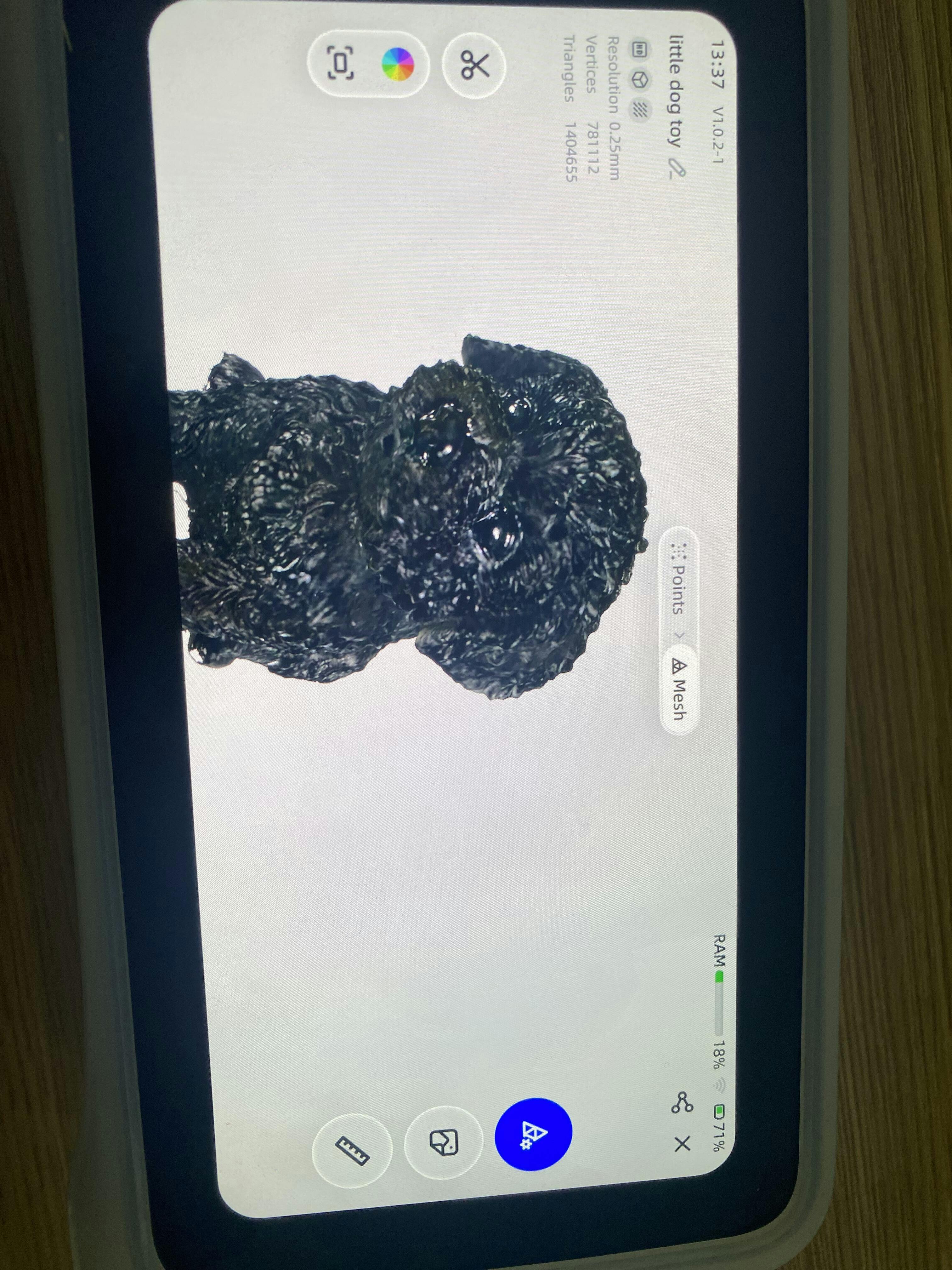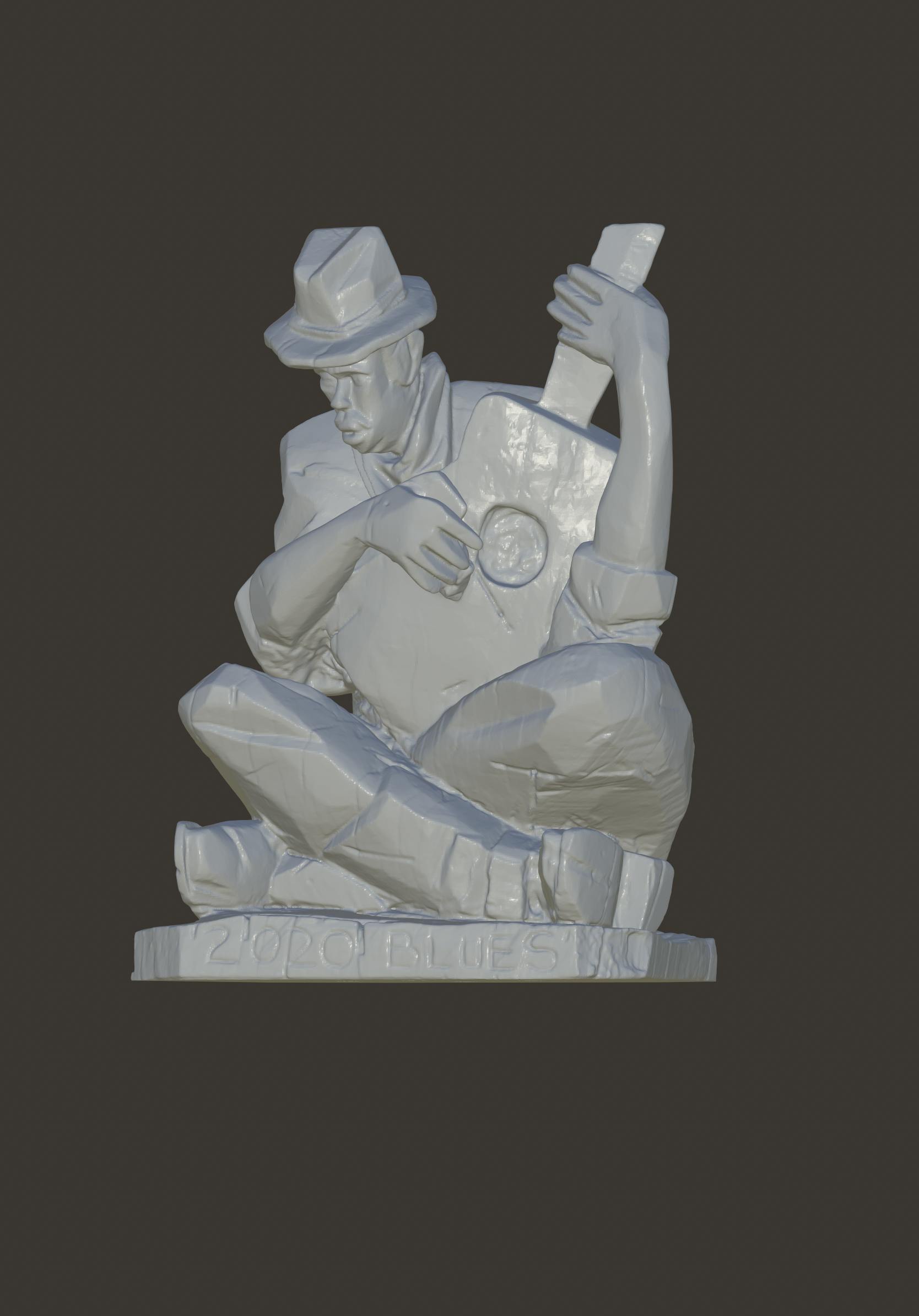Understanding the Handheld 3D Scanner
The handheld 3D scanner is a revolutionary tool widely used across various industries, including architecture, manufacturing, and entertainment. This device captures complex geometries in real-time, allowing for rapid prototyping and digitization of physical objects. Users often face challenges in choosing the right model based on their specific needs. For example, artists may require high-resolution scanning for detailed sculptures, while engineers may focus on accuracy for precision parts. Evaluating features such as portability, scanning speed, and output quality is essential for an informed decision. Additionally, the integration of advanced technologies, such as photogrammetry and laser scanning, further enhances the capabilities of a handheld 3D scanner. For those interested, detailed information can be found here: handheld 3d scanner.

Advantages of Using a Professional 3D Scanner
Utilizing a professional 3d scanner can significantly enhance efficiency and precision in project execution. These advanced scanners are designed for a wide array of applications, from intricate artwork reproduction to precise industrial measurements. Their ability to produce high-resolution 3D models rapidly can be particularly beneficial in sectors like gaming and film, where realistic modeling is crucial. Furthermore, a professional 3D scanner minimizes human error, resulting in more accurate data capture. Users also benefit from sophisticated software that facilitates easy data processing and analysis. The investment in such technology is justified by the time saved and the quality of results produced, which ultimately contributes to superior project outcomes. Therefore, professionals must consider their requirements carefully before opting for these high-end tools, ensuring that they fully leverage the capabilities offered.
The Functionality of a 3D Face Scanner
A 3d face scanner serves specialized functions, particularly in fields like healthcare, gaming, and security. This device accurately captures the intricate features of human faces, creating detailed 3D models that can be used for various applications, from virtual avatars to facial recognition systems. When considering the use of a 3D face scanner, users may be concerned about accuracy and texture detail. With advancements in technology, contemporary scanners are equipped with high-resolution capabilities, ensuring exceptional results. Moreover, ease of use is another critical factor; many models now feature intuitive interfaces that allow users to operate the scanners without extensive training. The versatility of a 3D face scanner enables it to cater to diverse needs, setting it apart from standard scanning solutions. Ultimately, this tool enhances user engagement in applications requiring facial detail, thereby expanding its potential uses across industries.

Conclusion: Choosing EINSTAR for 3D Scanning Solutions
In summary, the handheld 3D scanner, professional 3D scanner, and 3D face scanner each offer unique advantages depending on user requirements. They provide flexibility, efficiency, and precision, making them invaluable tools in various domains. For prospective purchasers, brand choice can significantly affect experience and satisfaction. EINSTAR stands out as a leading manufacturer, offering a range of high-quality scanning solutions with distinct supply advantages. Their products are designed to meet the diverse needs of users while maintaining high standards of performance. Therefore, opting for EINSTAR can prove beneficial for anyone looking to invest in cutting-edge 3D scanning technology.
